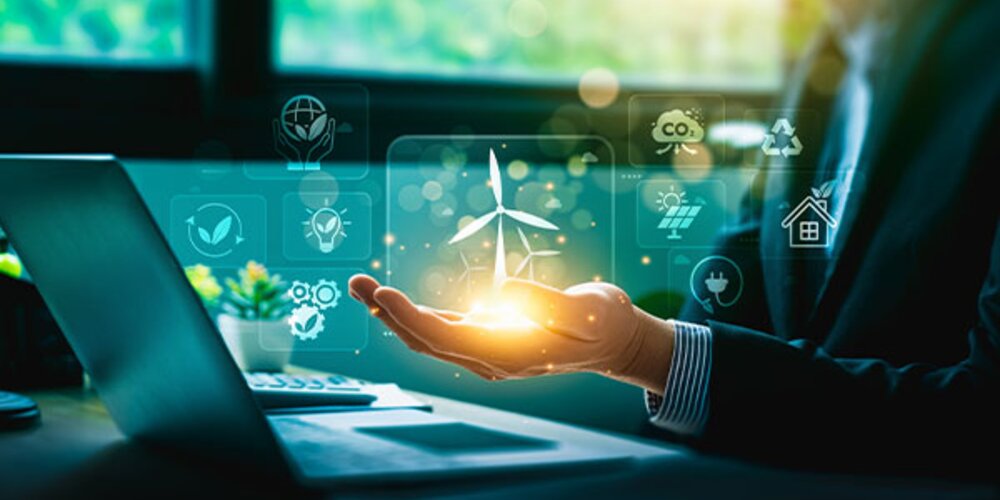Browse our services
Explore how Brookes Bell can help you
Find an expert
Meet our team, find and expert and connect
Contact us
Get in touch, we're here to help

As Brookes Bell diversifies its skillset beyond shipping, The Lab has expanded into supporting the increasingly important renewable energy sector, offering the same rigorous forensic and materials-testing expertise that underpins its maritime services. Caroline Young, Technical Sales Lead at The Lab, explains how the team at Brookes Bell applies scientific methods to onshore and offshore wind farms, ensuring turbine structures and components perform reliably over decades.
“Although we began in the maritime sector, our core capabilities in corrosion mapping, failure analysis and materials testing translate directly to renewable assets,” Caroline says. “Whether it is a wind-turbine blade, a bolt on a turbine nacelle or the foundation of an onshore wind farm, the same principles apply. We detect early degradation, understand its root cause and recommend a targeted solution.”
Offshore turbines face relentless spray, UV exposure and mechanical fatigue. The Lab’s team has been called upon on numerous occasions to investigate blade-erosion, measuring the wear on leading edges and scanning electron microscopy to assess blade-coating integrity. “We have seen coatings degrade unevenly under salt-laden winds,” she notes. “By analysing sections, we can identify whether the failure stems from the coating formulation, application conditions or anomalies in the blade substrate.”
Onshore turbines and substations require robust corrosion protection, particularly when foundations are embedded in soil or exposed to industrial pollutants. The Lab uses pulsed Eddy-current corrosion mapping, originally developed for ship hulls, to scan tower steel beneath paint and monitoring tapes. That data feeds into 3D models that reveal wall-thickness loss without the need to strip back coatings, potentially unnecessarily. “Clients appreciate visual corrosion maps that inform maintenance budgets and prevent unexpected failures,” Caroline says. “Our approach is designed to use data and technology to give wind farm operators the information they need without the risk of needless damage.”
When a turbine suffers an unplanned shutdown or catastrophic failure, The Lab conducts comprehensive failure investigations, just as they would in the maritime industry. Teams collect fragments of blade composites, coating flakes and metal shavings. They then reconstruct failure sequences in the laboratory, combining mechanical testing with chemical analysis to recommend corrective actions. “Our clients rely on our expert, independent assessments, as they carry weight in insurance claims and regulatory reviews,” Caroline notes. “The industry may be different but, just as is the case in commercial shipping, we are a vital service to help resolve disputes and prevent potentially costly payouts.
Moreover, The Lab contributes to lifetime-extension strategies for wind farms that are becoming more relied upon in modern energy supply chains. By analysing samples from turbines nearing their design life, the team can accurately forecast remaining service life and advise on retrofits or uprating. This extends asset value and defers costly replacements.
Caroline emphasises that success in renewables requires close collaboration. “Our scientists work with structural engineers, health-and-safety teams and asset managers to ensure that every aspect, from material selection to maintenance planning, is optimised.”
As the transition to clean energy accelerates, The Lab’s forensic and scientific services will play an ever more critical role. Caroline concludes, “Renewable assets operate in some of the harshest environments on Earth. By applying the same rigorous analysis we have developed in maritime contexts, we help clients maximise uptime, ensure safety and protect their investments for decades to come.”
With its diverse technical toolkit and multidisciplinary expertise, The Lab stands ready to support the renewable energy sector’s future, both on land and at sea.